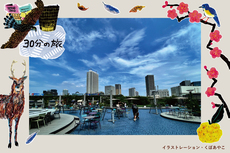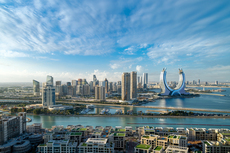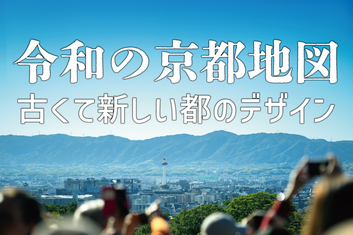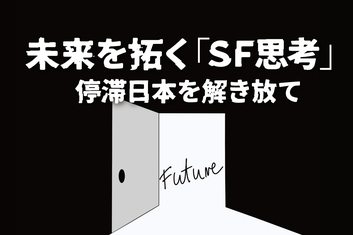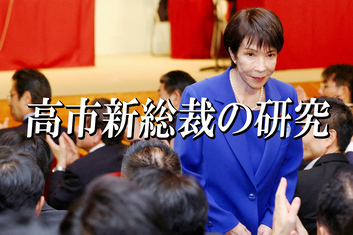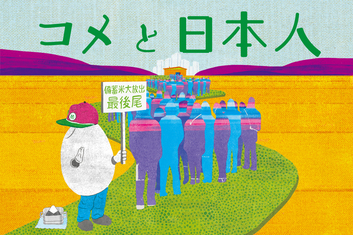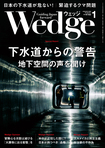Therefore, instead of focusing on building better physical defenses, the residents of these communities have to prepare themselves mentally to respond to such disasters. And that's where the disaster education we provide comes in.
Getting parents and teachers onboard
In 2003, I surveyed residents of the Sanriku region to gauge their disaster awareness. Their tsunami awareness was high in a nationwide comparison, but I felt there was a problem. The more the government focused on building tsunami walls, setting up early warning systems and the like, the less aware residents were of the dangers of their situation. It was quite a paradox.
Somewhere along the line residents had become immune to the tsunami warnings, as the tsunami that followed were usually only a few dozen centimeters high. Many said that it would be worthwhile going to the evacuation area if a big tsunami was really coming, but mostly they didn't think one was. And the tsunami walls had also made them complacent. They thought the walls would protect them.
I decided to sound out local governments in the region about working together to provide disaster education. Kamaishi said it was interested. That was in 2004. The Sanriku region is hit by tsunami every 100 years or so, because of the Japan Trench, which lies off its coast. In the Meiji-Sanriku Tsunami, 4,041 of the 6,529 residents of Kamaishi at the time were killed. Kamaishi is always at risk of a similar event, but recently residents had been become quite lax about the situation, even when tsunami warnings were issued. The local government was becoming increasingly worried. And just at that moment I appeared, so they were very happy to accept my proposal.
I started off by providing disaster education for adults. I held numerous seminars, but only very few people came and those who did were people who already had strong disaster awareness. The vast majority of people were just not interested. To make headway I decided I needed to start from the schools.
Elementary and Junior high school students who undergo disaster training every year will become adults one day with their own families. Reaching them is a way to improve the awareness of the community as a whole. And if you reach the kids they tend to pass on what they have learned to their parents and the community at large.
I quickly visited one of the elementary schools in Kamaishi and suggested providing disaster education to the children. The teachers' reaction was somewhat lukewarm. They were busy with preparation for English and general studies classes and they thought there was no room for disaster education. They also weren't so worried about tsunami, perhaps because many of them came from inland areas that don't experience tsunami.
I then went directly to the head of Kamaishi's board of education. He was a local man who had experienced for himself the destruction caused by the Showa-Sanriku Tsunami, and he understood the need for disaster education. He reached the conclusion that disaster education had to be provided to the teachers. He let all schools close on a weekday afternoon and the time freed up were used for a disaster prevention seminar for teachers.


